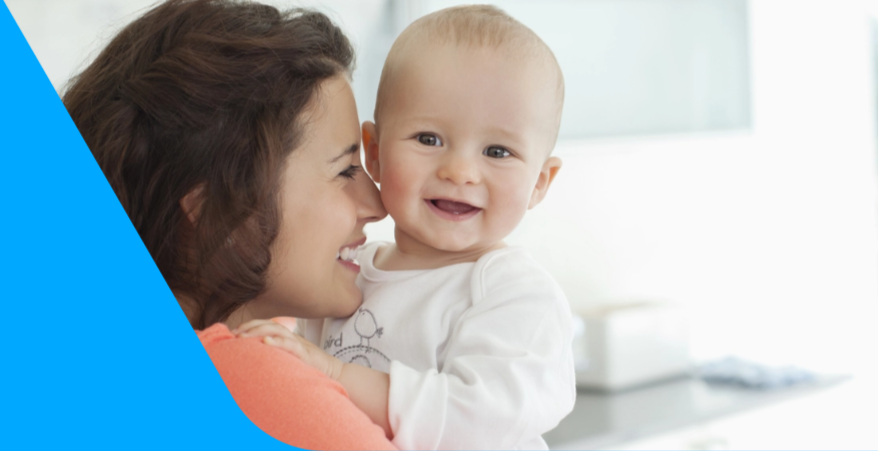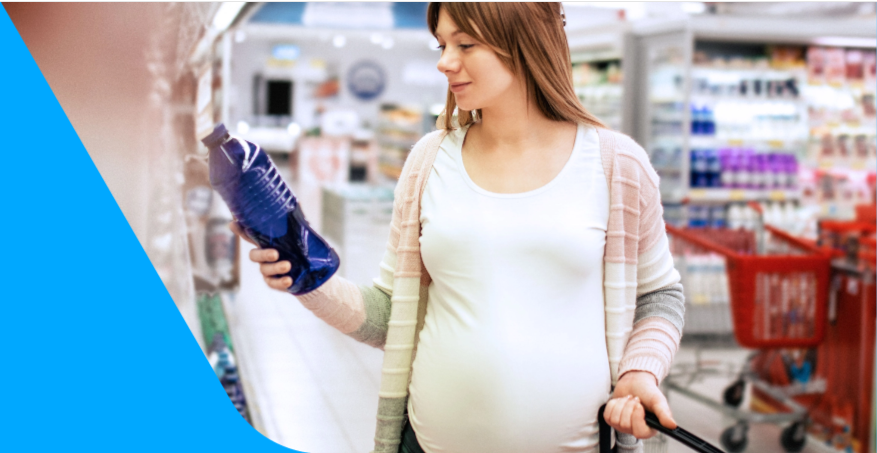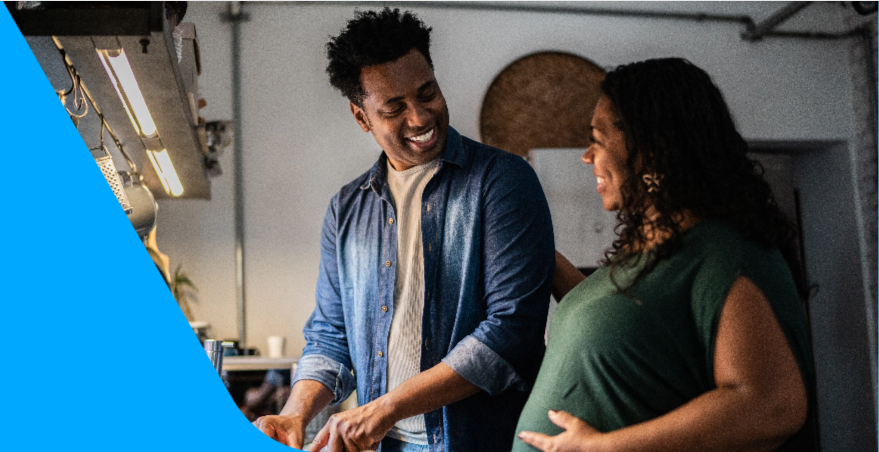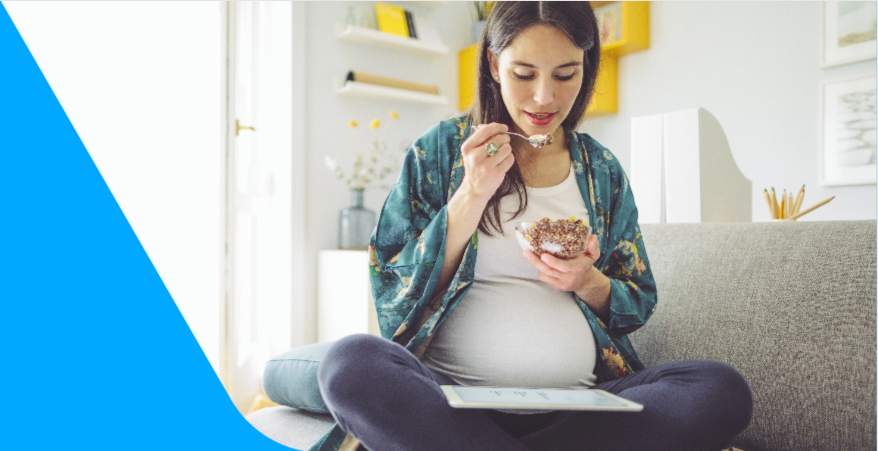From seeing differences in a group at 3 months to a sense of fairness at 15 months, there’s even more going on in your baby's brain than you might realize.
Key developmental milestones—like the first word and the first step—are on every parent’s radar. But your little one is already hard at work on many other advanced skills. Though less easy to spot than, say, rolling over or saying “Ma ma,” other amazing cognitive and social skills reveal how much is underway in her developing brain.
Remember to provide DHA (a type of Omega 3 fat), a brain nourishing nutrient. If you are breastfeeding, it is important to eat foods rich in DHA like fatty fish such as salmon and Atlantic mackerel. If you are formula feeding, DHA-enriched infant formulas are an easy way to give your baby DHA
Selective Looking: 3 months
What your baby sees may seem like a mystery to you. However, researchers have found ways to track vision and attention that provide some definite clues. And very early—by 3 months—a baby can select certain things to focus on. She can pick out a letter r from a group of p’s, for example, or a red umbrella in a sea of gray ones.
To support this milestone:
- Look for toys that promote vision development, with high contrasts and interesting patterns to look at.
Recognizing Emotions: 5 months
It’s not your imagination that a friend’s cranky baby seems to put yours in a bad mood. Babies can’t talk, so they use emotion to communicate. And by 5 months, they’re pretty good at reading others’ emotions, too. Researchers have found that babies can match emotions—through the right facial expressions or vocalizations like crying—in other babies at 5 months, in adults who are close to them (like parents) at 6 months, and in other adults by 7 months.
To support this milestone:
- Be sure to respond to your baby when she cries. Your prompt response reassures her that she’s using the right communication to connect with you.
- Make exaggerated funny faces your baby can imitate.
Connecting Pictures and Objects: 9 months
Babies learn best from real objects they can pick up, hold, and put in their mouth. But eventually, they come to learn things that they’ve only seen in pictures. (Not many of us have ever seen a dinosaur or spaceship, but we all understand what they are.)
The ability to learn from a picture happens surprisingly early. Reporting in the journal Child Development, researchers found that even brief exposure to a picture made the subject familiar when 9-month-olds encountered the object later.
To support this milestone:
- Read to your baby and name the objects you see on the page. (Do the same with images you see when you’re out and about, such as those on billboards or storefronts.)
- Choose books with realistic images, such as photographs, to help make the connection to real-world objects easier.
A Sense of What’s Fair: 15 months
Researchers used to think that a sense of helping others didn’t show up until age 2, and that a sense of fairness—both parts of altruistic behaviour—developed even later, at 6 or 7. But experiments at the University of Washington revealed that young toddlers noted when food was being distributed fairly or not, and when it wasn’t, they became more willing to share their own.
To support this milestone:
- Let your child see you treating others fairly. Researchers aren’t sure yet how much of altruism is part of intrinsic personality, but they think that observing how parents behave is key.








